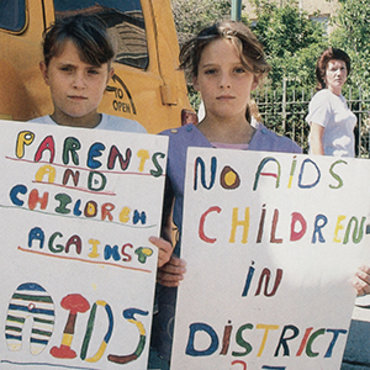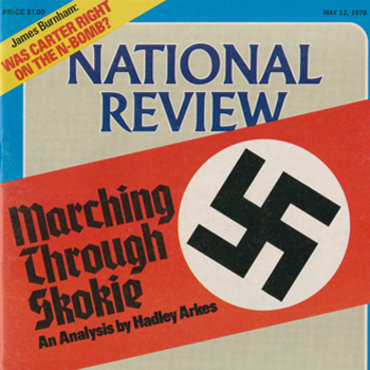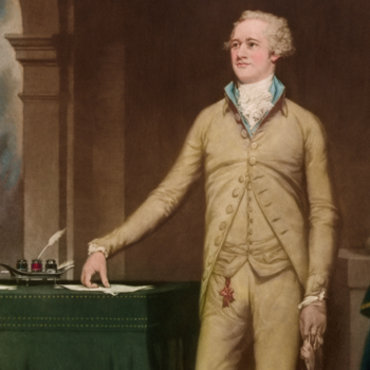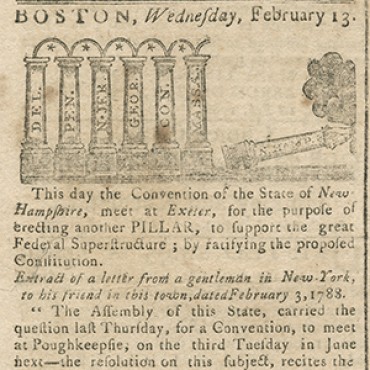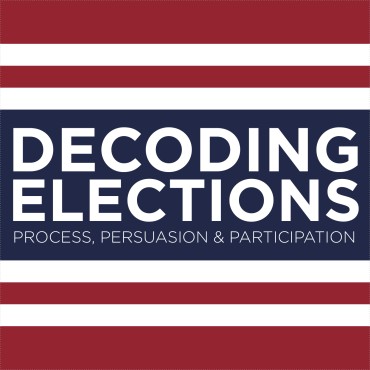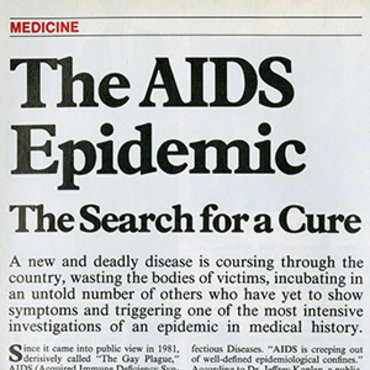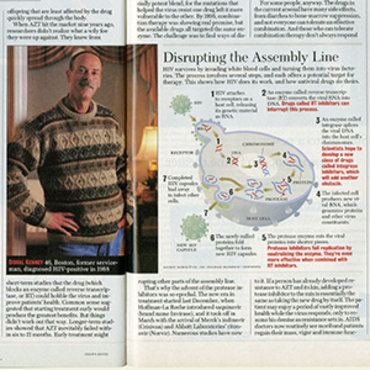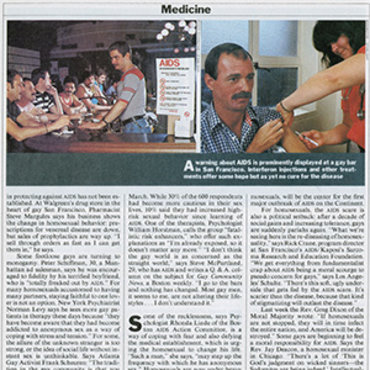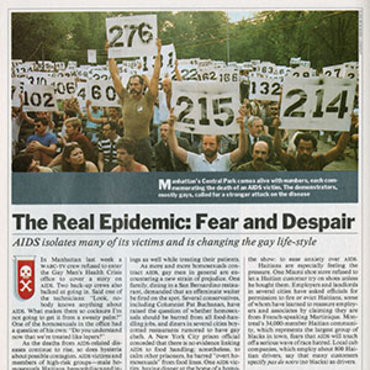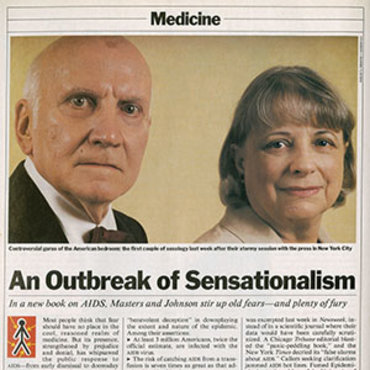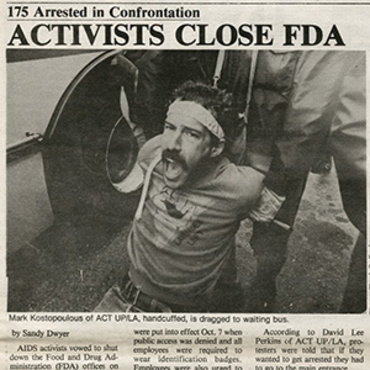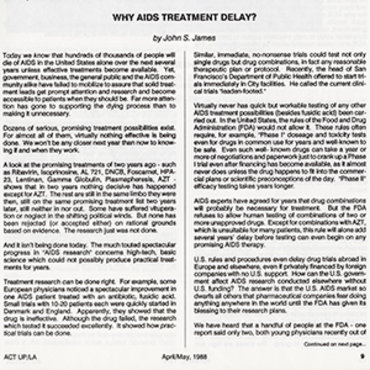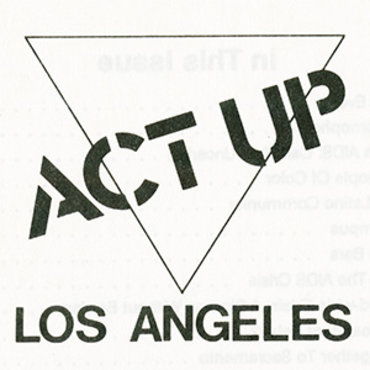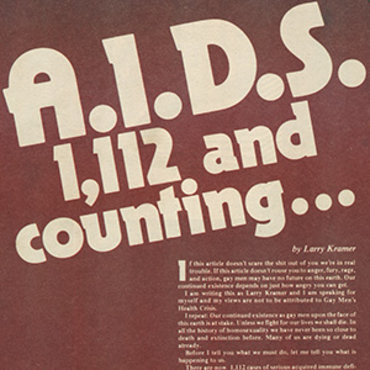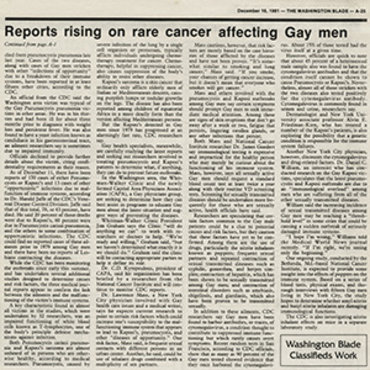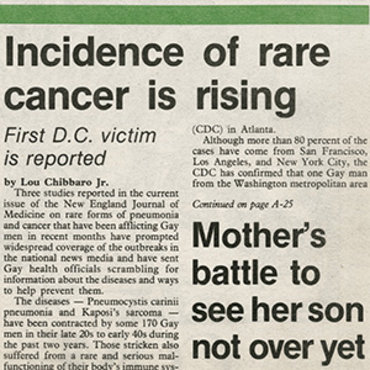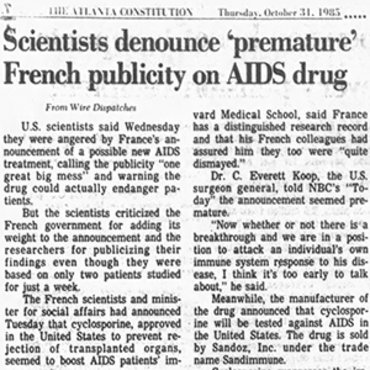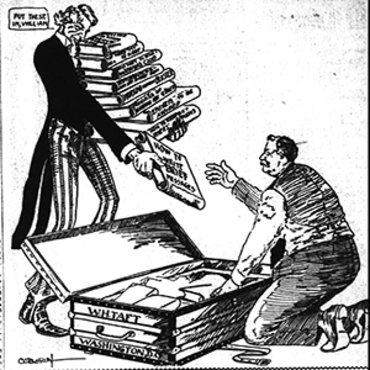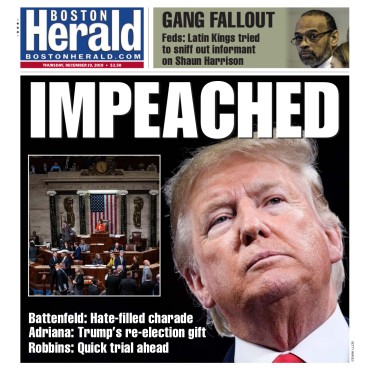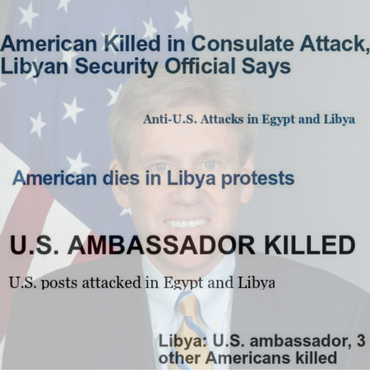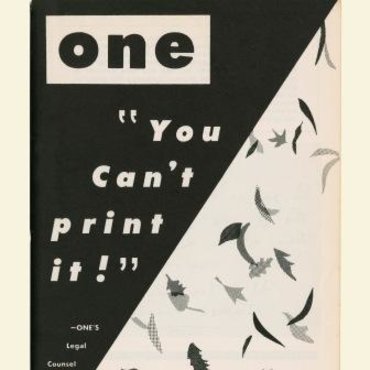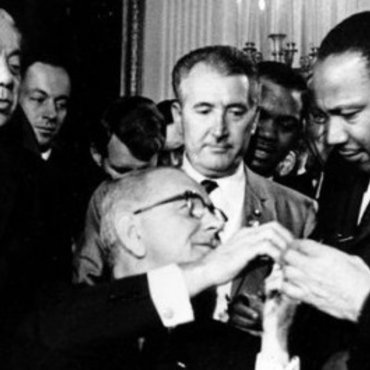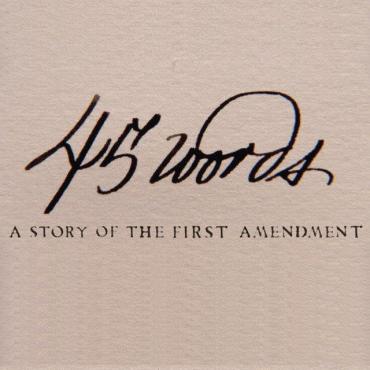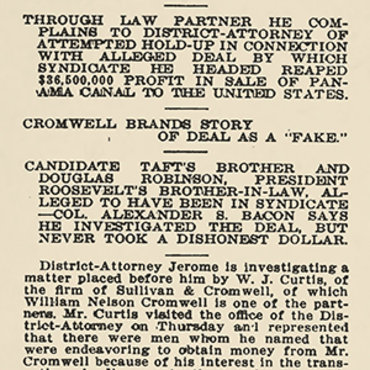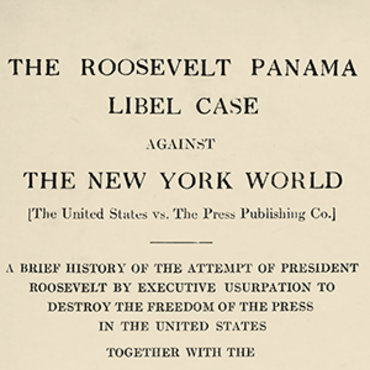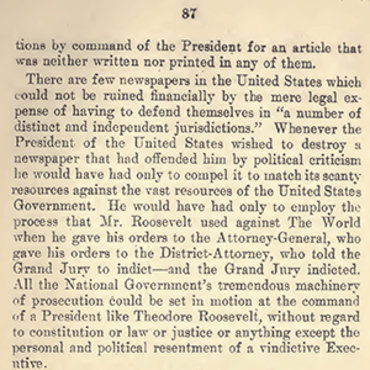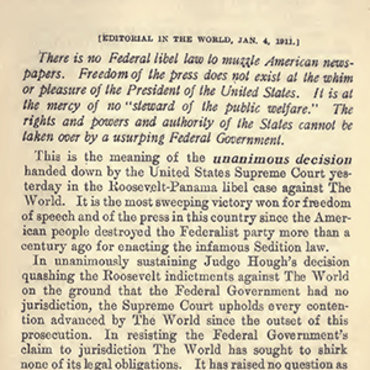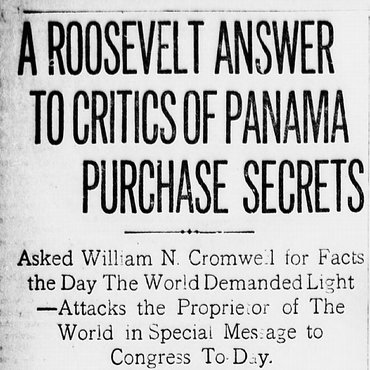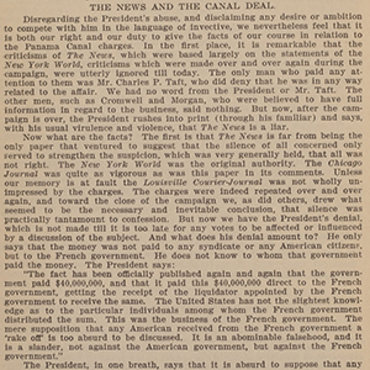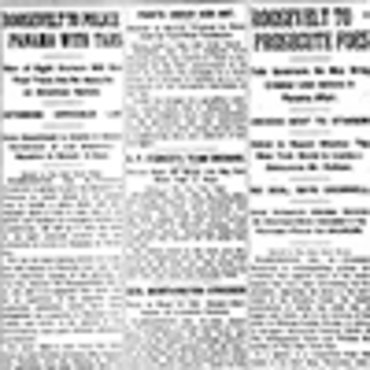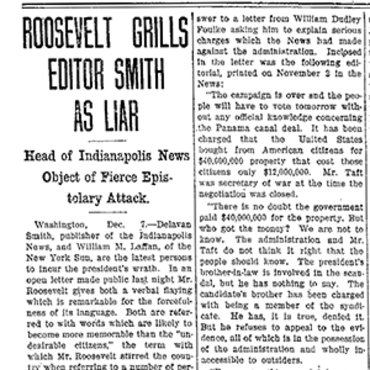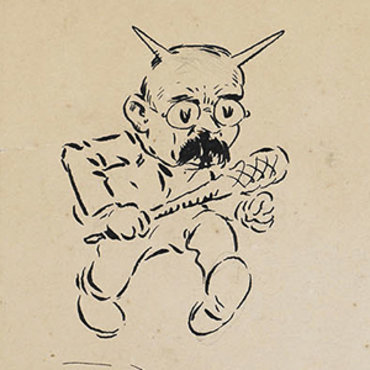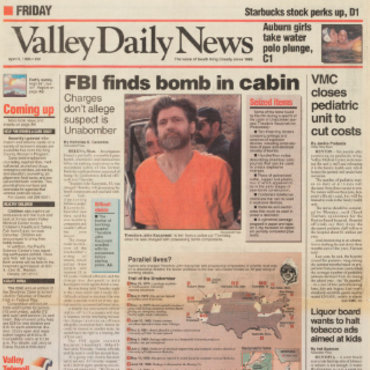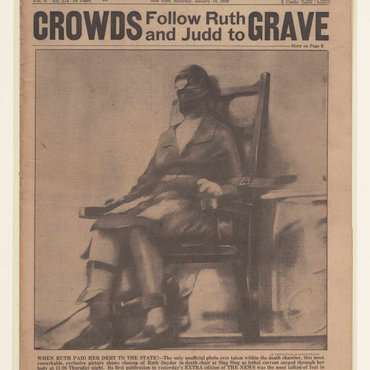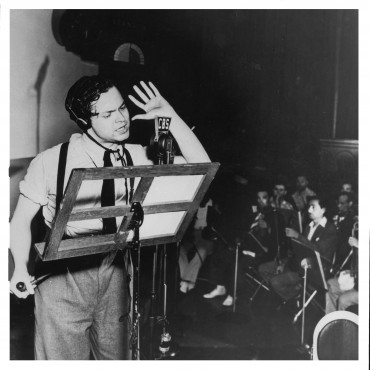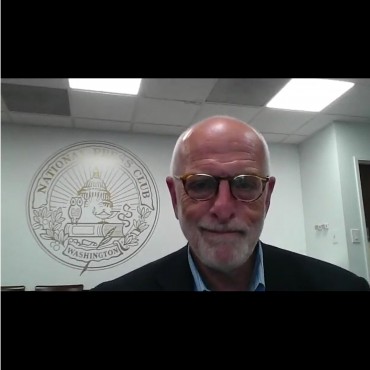2018: Sharing a Shaky Claim
Should you use social media to circulate questionable claims?
Get even more great free content!
This content contains copyrighted material that requires a free NewseumED account.
Registration is fast, easy, and comes with 100% free access to our vast collection of videos, artifacts, interactive content, and more.
NewseumED is provided as a free educational resource and contains copyrighted material. Registration is required for full access. Signing up is simple and free.
With a free NewseumED account, you can:
- Watch timely and informative videos
- Access expertly crafted lesson plans
- Download an array of classroom resources
- and much more!
This Critical Debate is part of a Debate Comparison:
See all Debate Comparisons- Constitution
- Journalism
- Media Ethics
- 7-12
- College/University
Do your students know what they’re free to say online? At school? On a public street corner?
From censorship to cyberbullying, the First Amendment and the freedoms it protects are as hotly contested as ever. This case study is part of our EDCollection that explores 16 real free speech debates ranging from the founding of our nation to recent headlines to illustrate what free speech actually means, where it comes from, and how far it can go. It’s information everyone needs to voice their opinions and shape our society.
Using This EDCollection
This EDCollection is designed to meet the needs of a wide range of circumstances and curricula. Whether you’re a social studies teacher looking for a complete unit or an English teacher looking to spend a single class period on free expression, there’s something for everyone. This complete package will lead students to the outcomes below.
Build Fact-Based Arguments
The Free Speech Essentials curriculum aligns with state and national standards as it guides students to take a position, find evidence to support it, and make a compelling presentation to their peers. Potential evidence includes:
- Writings, images and video from 1787 to 2018
- Primary and secondary sources
Connect Past and Present
Six of the eight pairs of case studies in this EDCollection juxtapose real historical and contemporary debates on a key free expression question. These pairs allow students to explore the historical origins of a key question — and get context for tackling today’s hot-button issues. The other two pairs provide different perspectives on a contemporary issue. Topics include:
- Federalism and Facebook
- Presidents and the press
- Censorship and cyberbullying
Keep Calm (and Debate On)
Our case studies are structured to help students experience the passion of the real players, while still practicing productive debate. We provide everything you need to prepare and fully support your students as they engage in civil discourse and debates:
- Overviews of the outcomes
- Clear scenarios and suggested positions
- Suggested discussion prompts.
Today’s social and political landscape can sometimes make free speech and First Amendment controversies seem too explosive for classroom exploration. We’ve created Free Speech Essentials to give you the tools you need to start tackling these vital topics with confidence and create enriching experiences for your students.
— The NewseumED Team
THE CASE
You’re an avid social media user with a large number of followers. A follower you don’t know personally sends you a story they want you to share. The story claims that a well-known deadly disease was actually created by the U.S. government to be used as a weapon. The follower believes more people should know “the truth” and wants you to help them spread the word about this shocking revelation.
The story your follower sent you does not contain any hard proof of its claims. There are no first-person interviews or documents cited to support this origin of the disease. However, it does include references to a number of newspaper articles from the 1980s, when this disease was relatively new, that suggest the U.S. government was involved. You don’t immediately recognize any of the newspaper names. They seem to be real, but you’d have to dig deeper to learn what they really say.
You know the First Amendment protects your right to share the story, even if it’s false. But you’re not sure if sharing it is the right thing to do. On the one hand, you believe your followers have the right to know about this serious claim and evaluate the evidence for themselves. On the other hand, if it’s not true, sharing it might lead to confusion about an important public health issue.
Should you share this story?
-
Yes. It’s interesting, and it’s up to your followers to decide whether they think it’s true.
You’re only relaying a story that someone else created, and such a shocking claim will probably attract a lot of likes and shares from your followers and others.
-
No. Ignore it and avoid spreading questionable information.
There are no solid facts to back up these claims beyond a few old news stories. Just because the First Amendment would protect sharing it, that doesn’t mean you should.
- Should printing rumors without proof be protected by the First Amendment? Where should the line be drawn?
- How does the fact that this story was reported by some newspapers 30 years ago affect the way you view this tip? Do you think this is sufficient proof that it is true? Why or why not?
- Does it make a difference that the story was written when the disease was just emerging?
- What consequences could occur if you share the story and it is false?
- What proof would you want to have before publicizing this type of claim? Why?
- If there’s a chance this story could be true, should you share it to warn people before you’ve gathered additional proof? Why or why not?
- If these claims are not true, why are they in this story? What would motivate someone to make up something like this?


